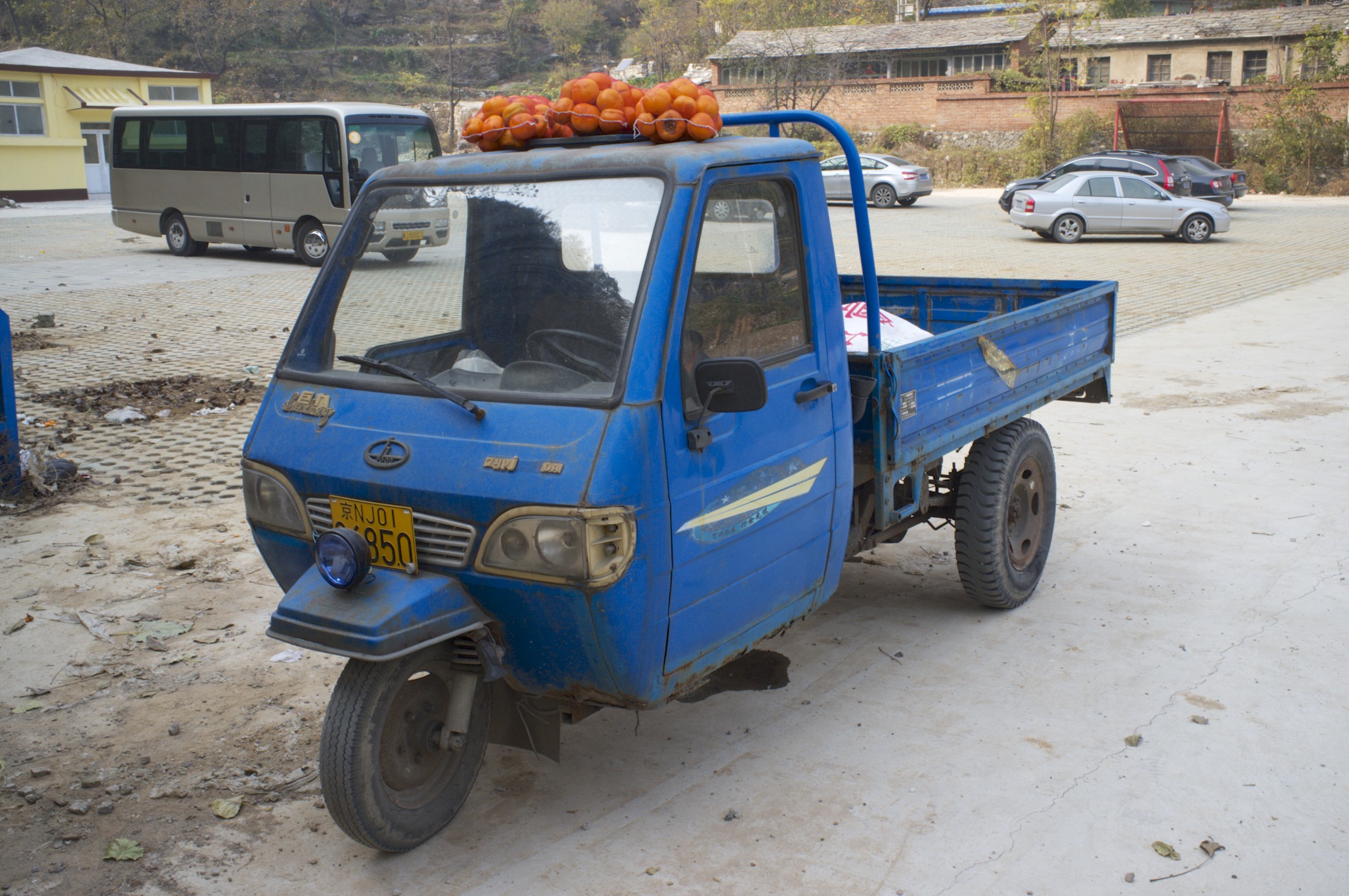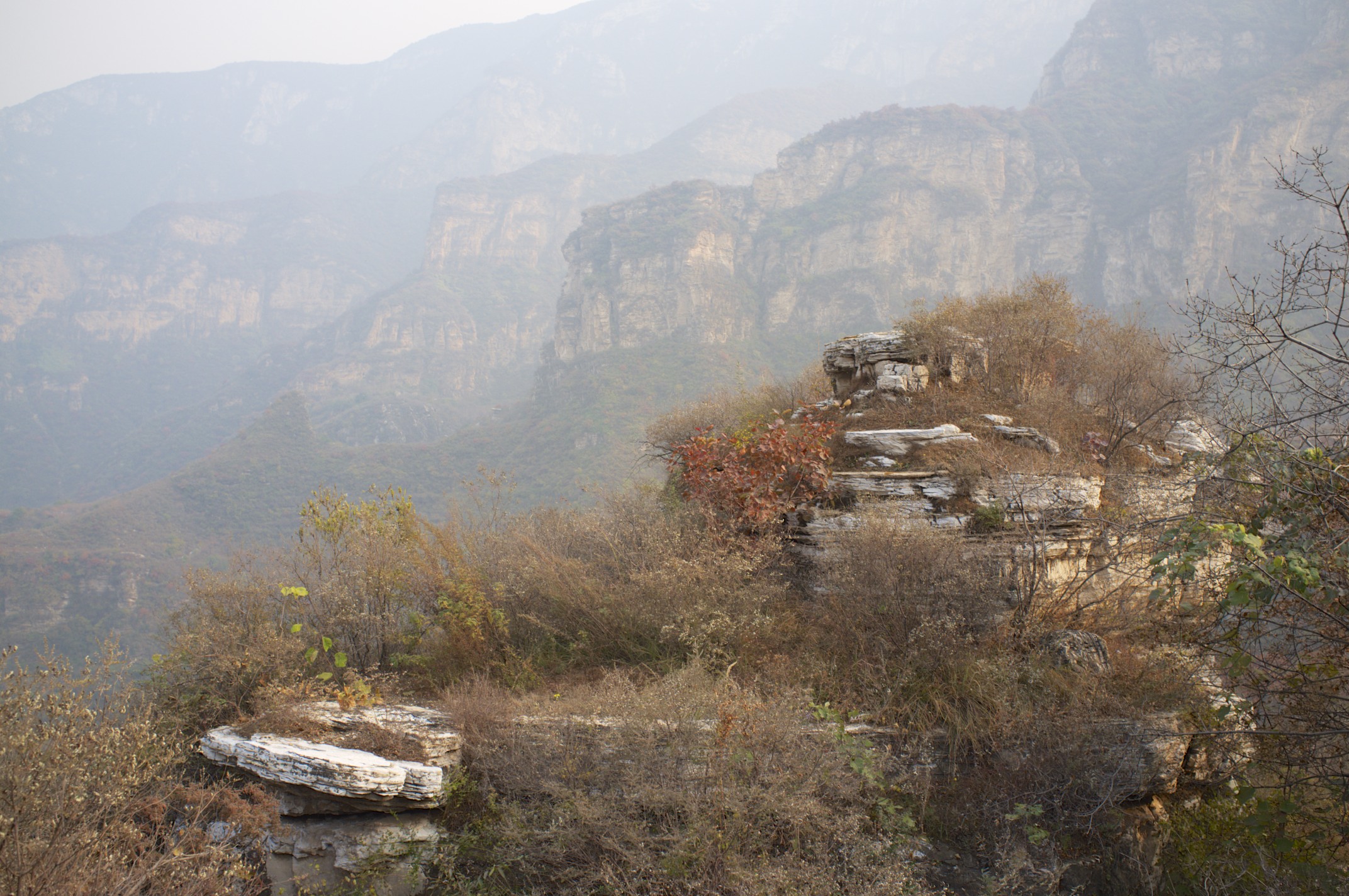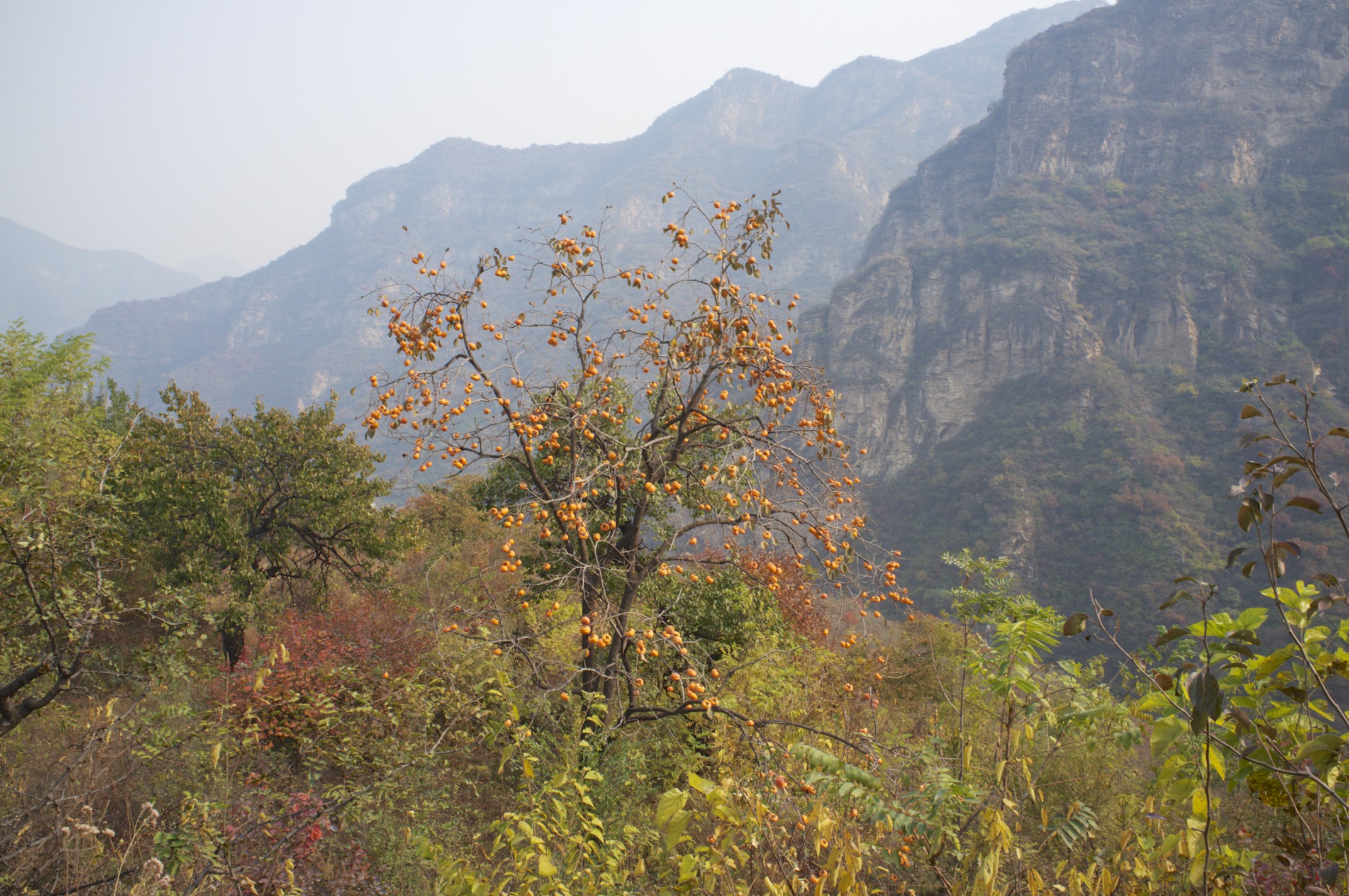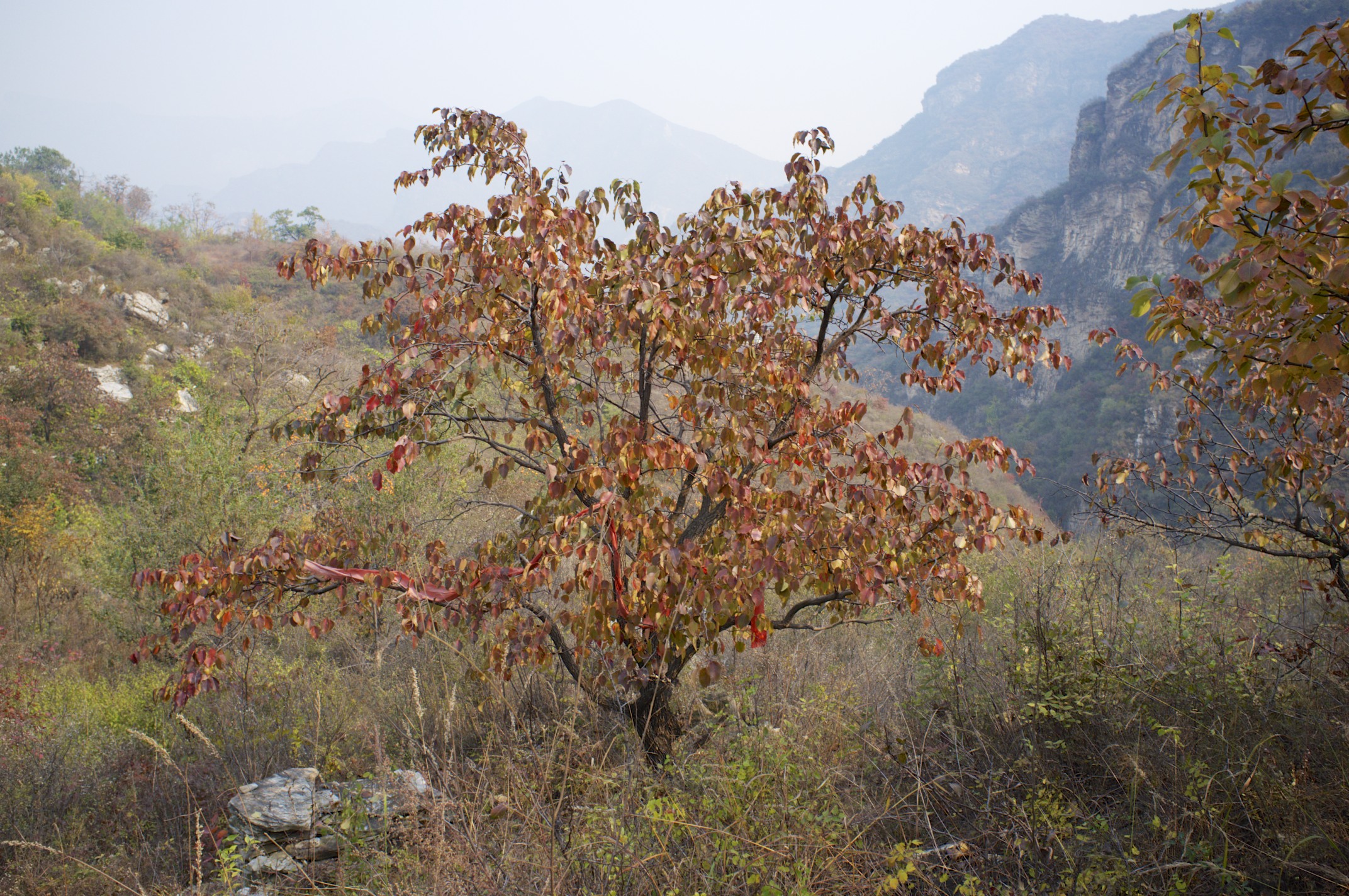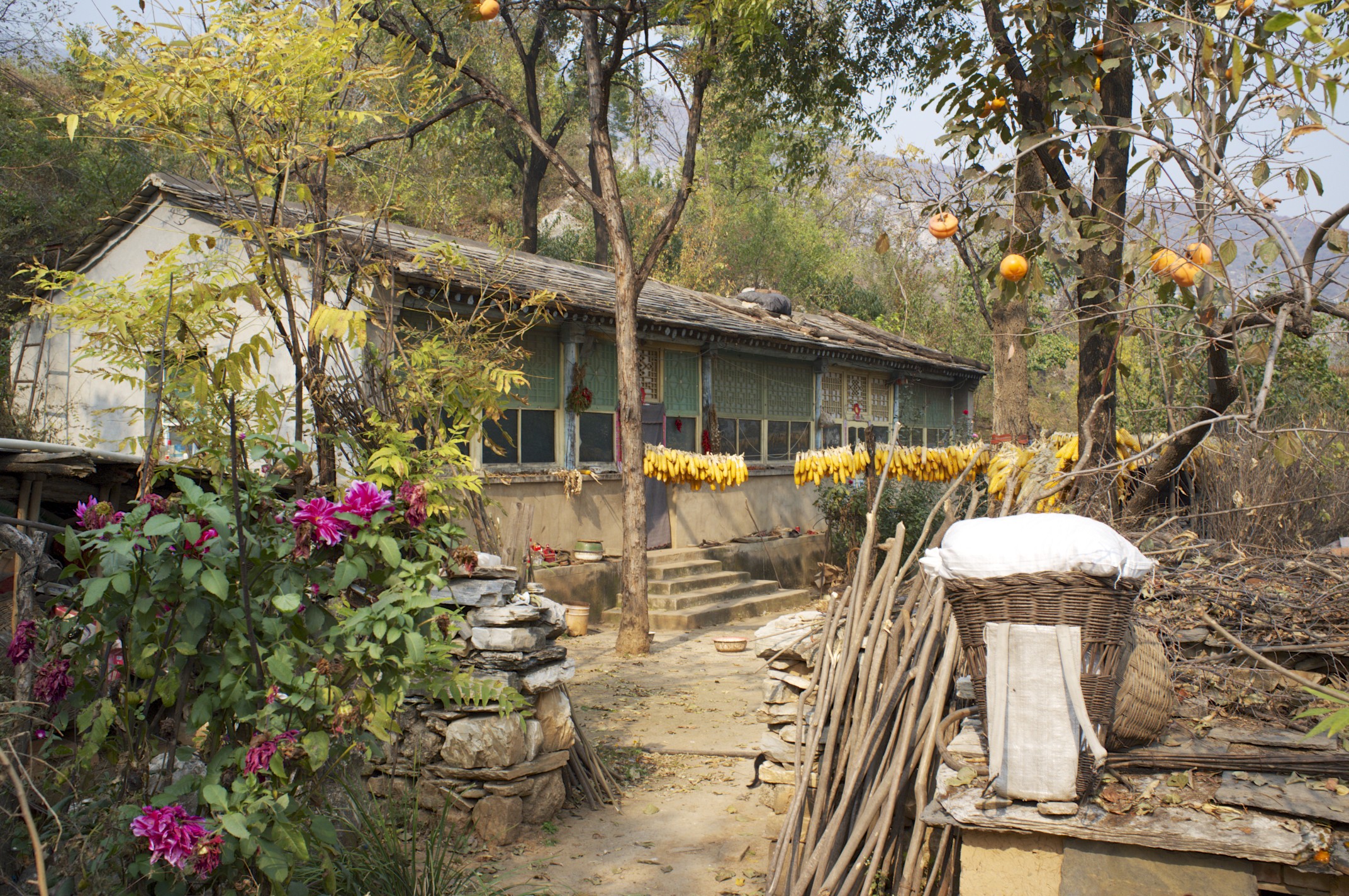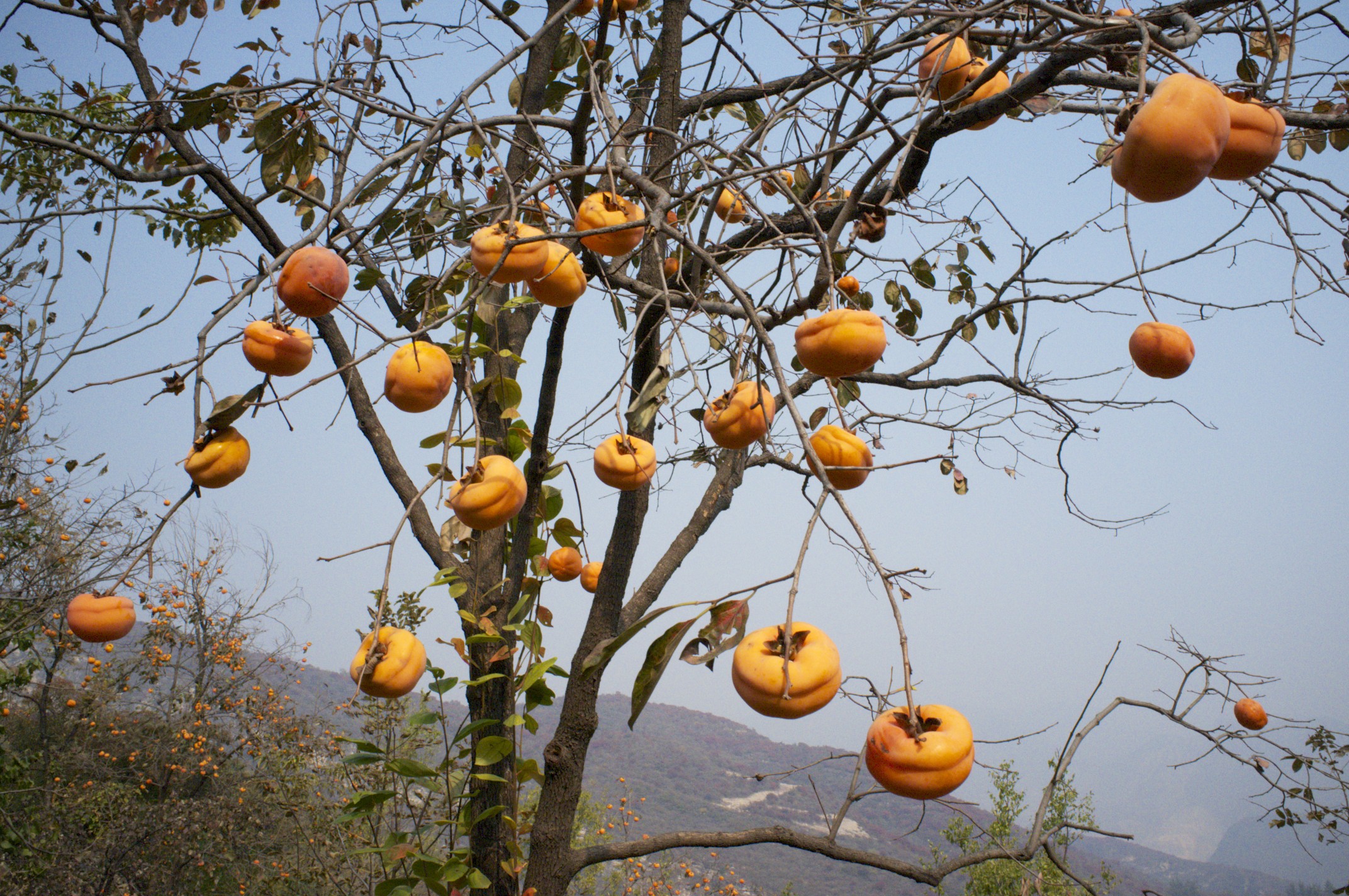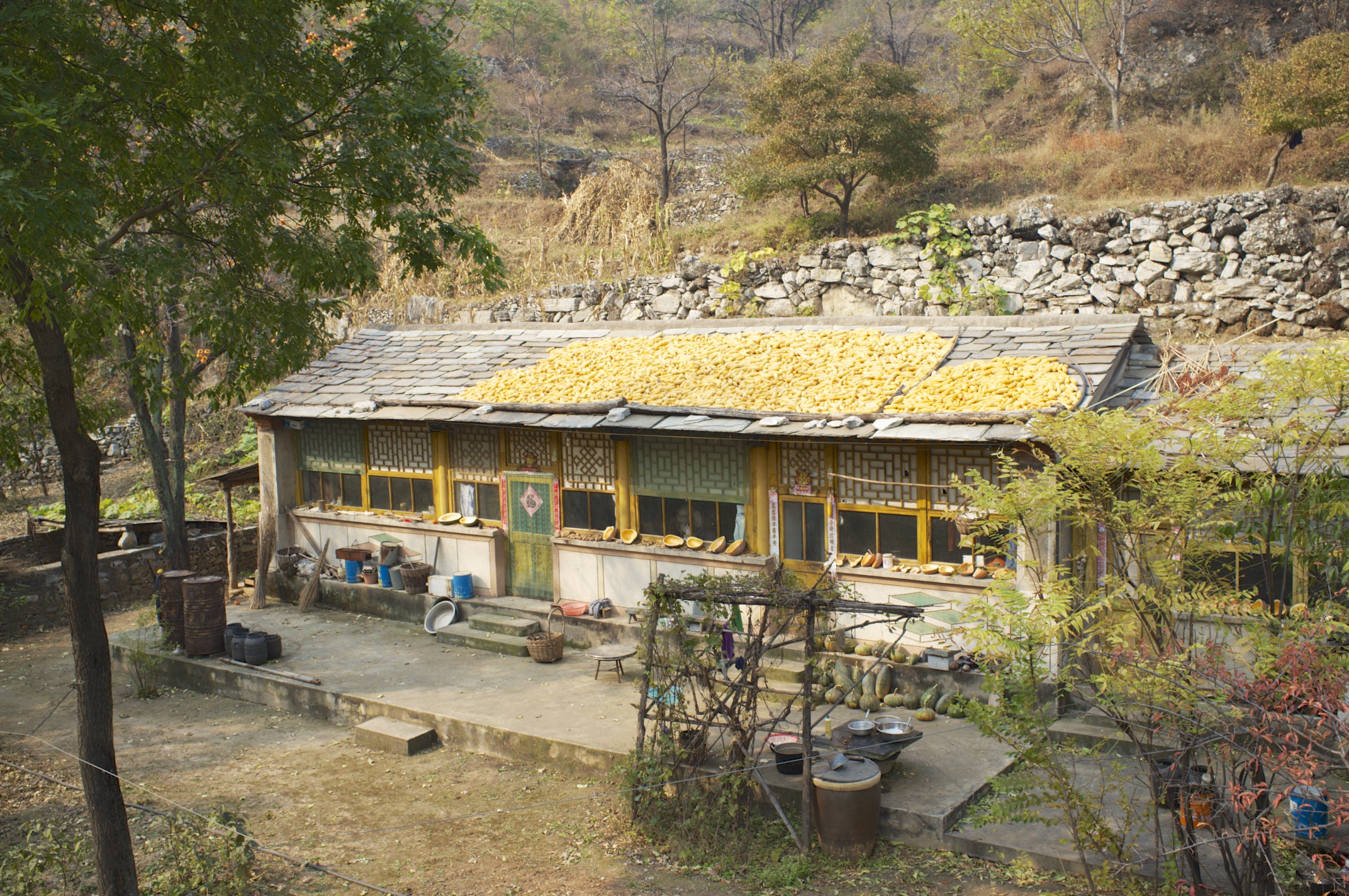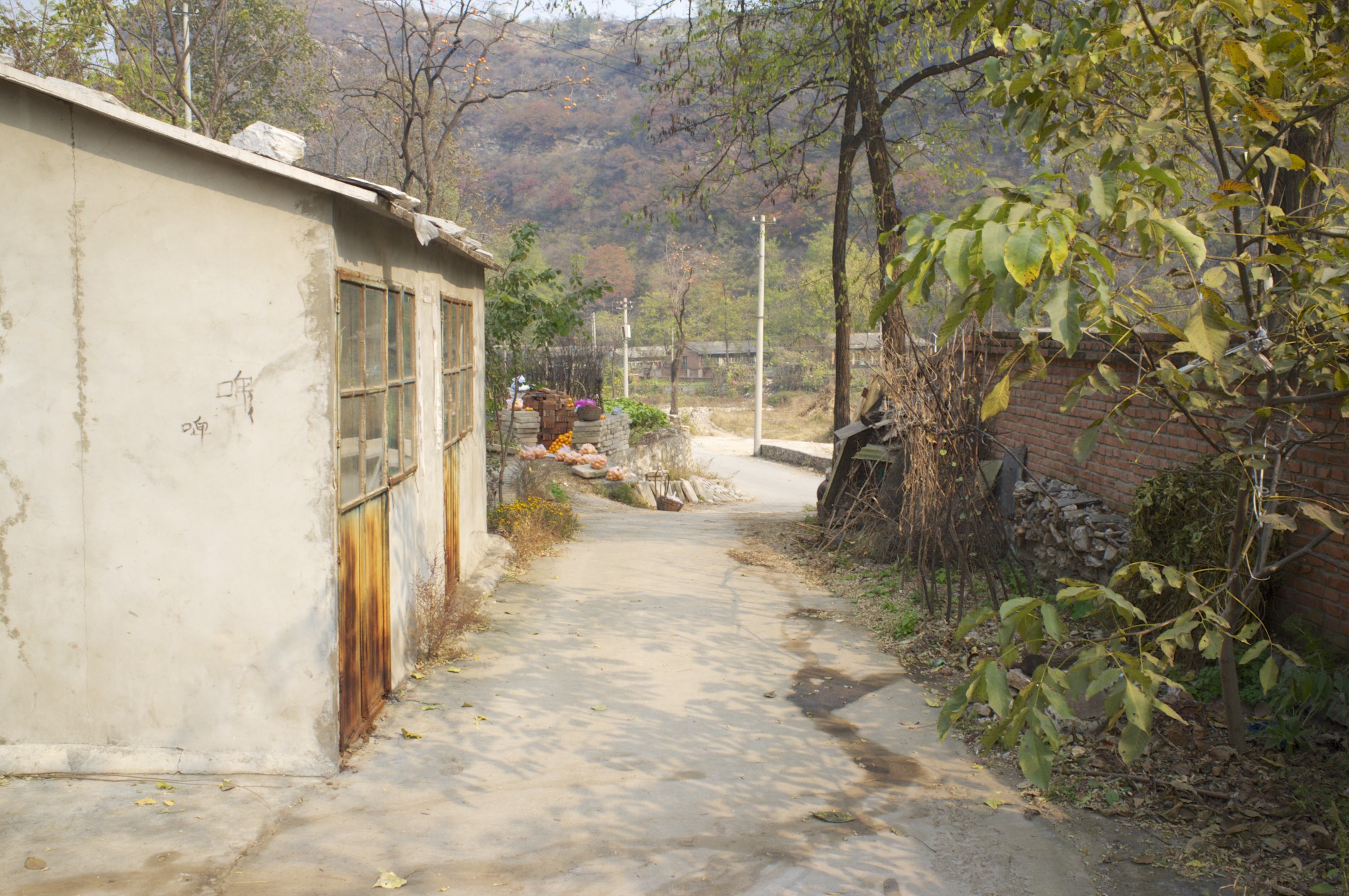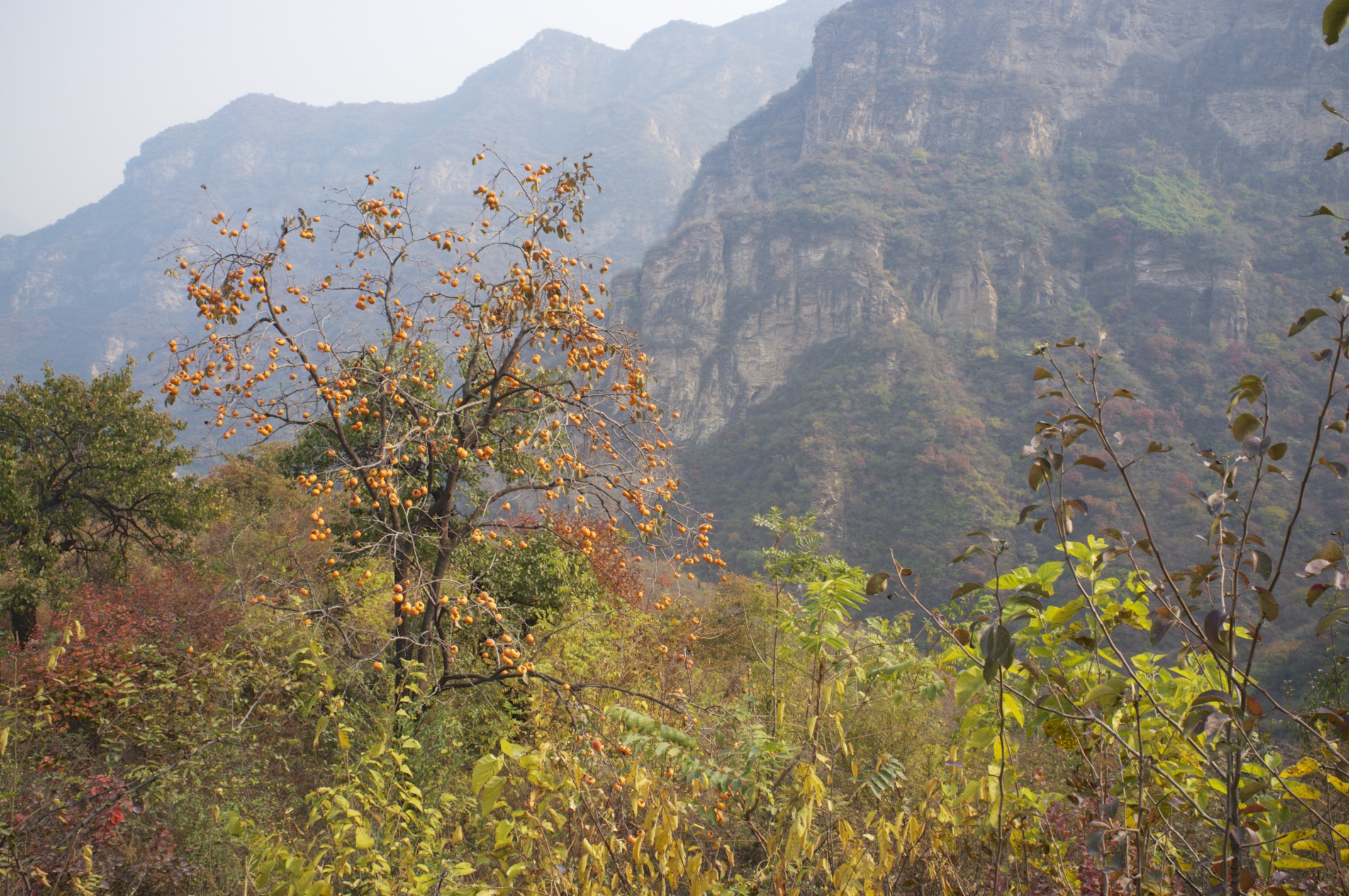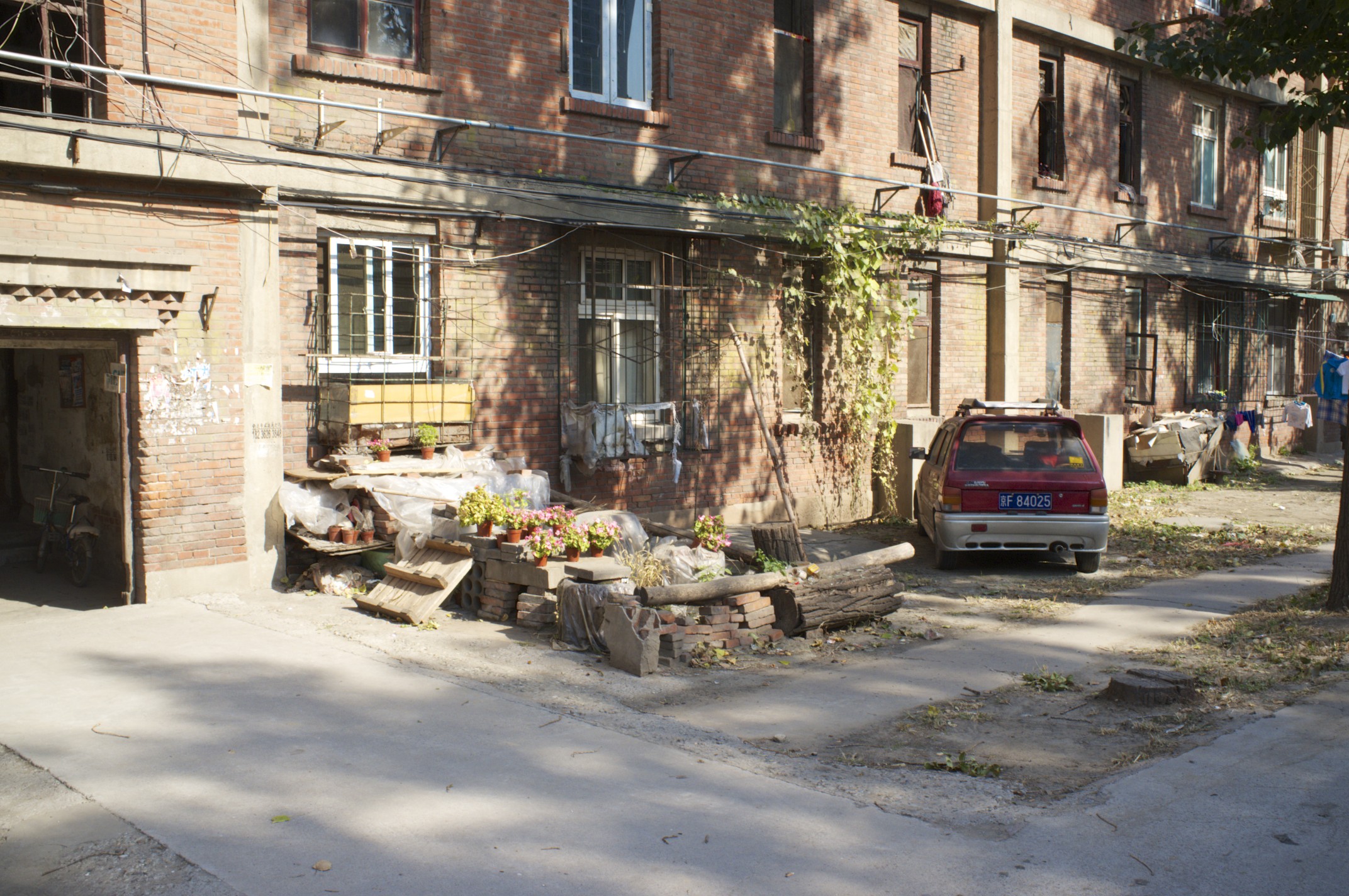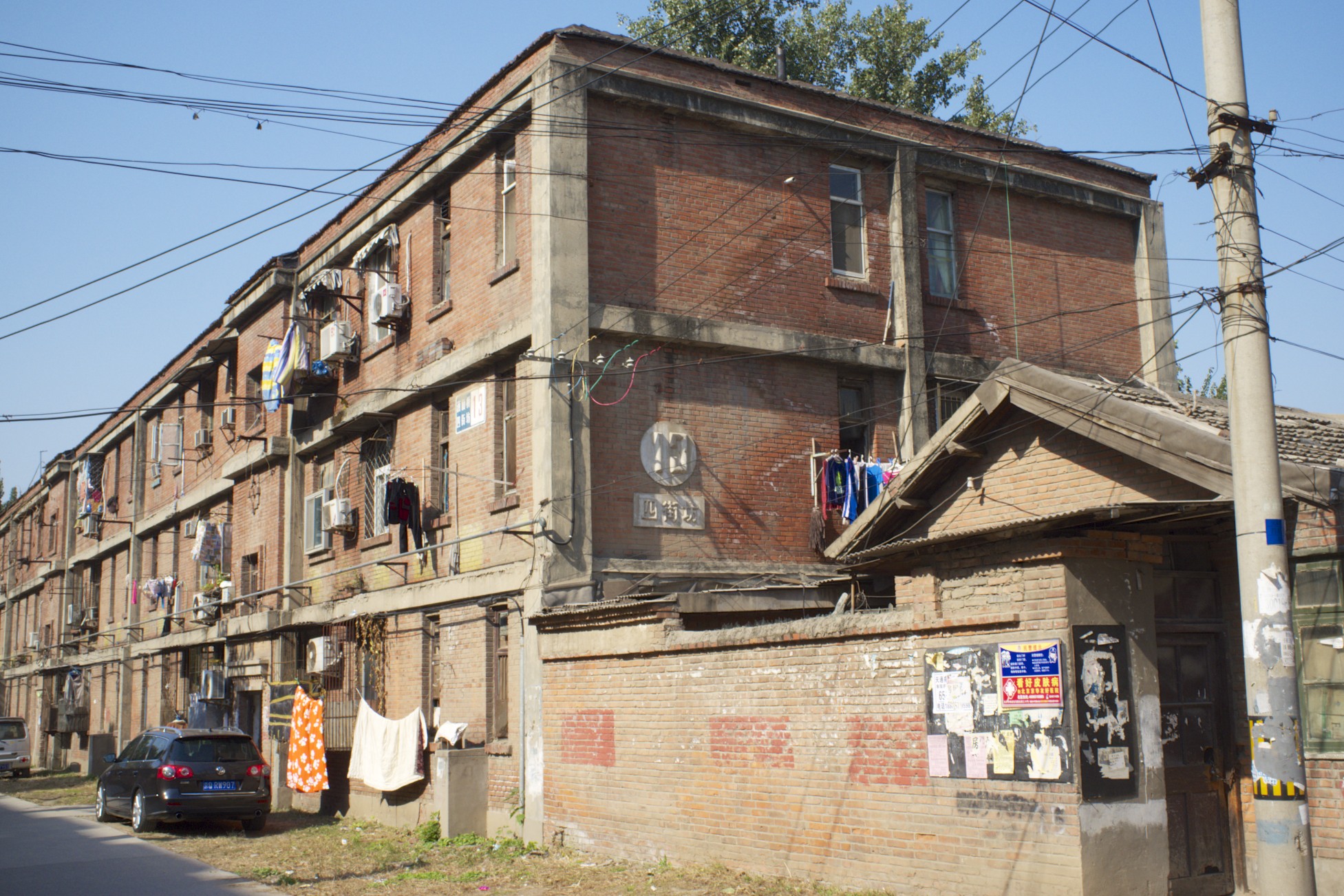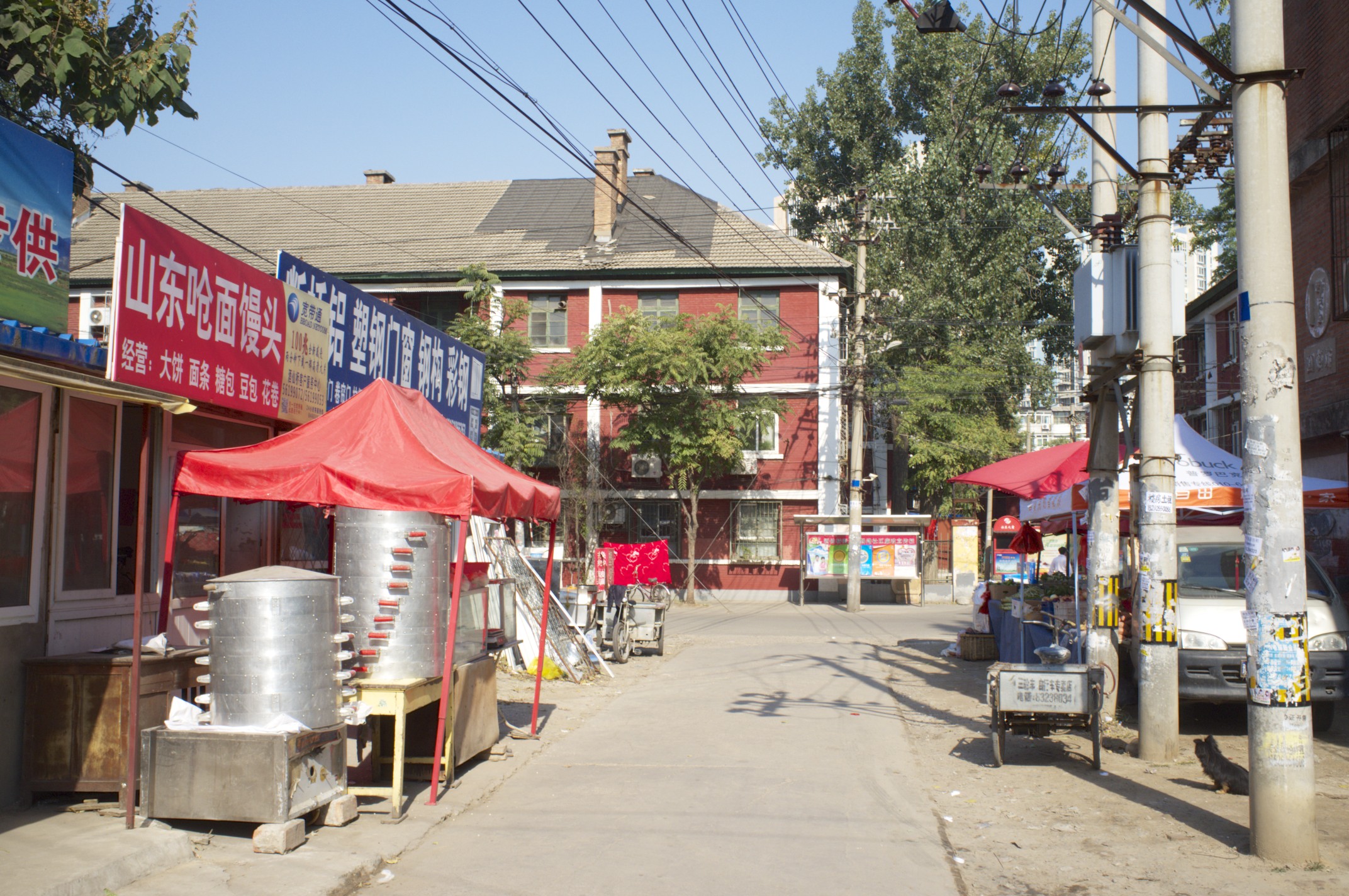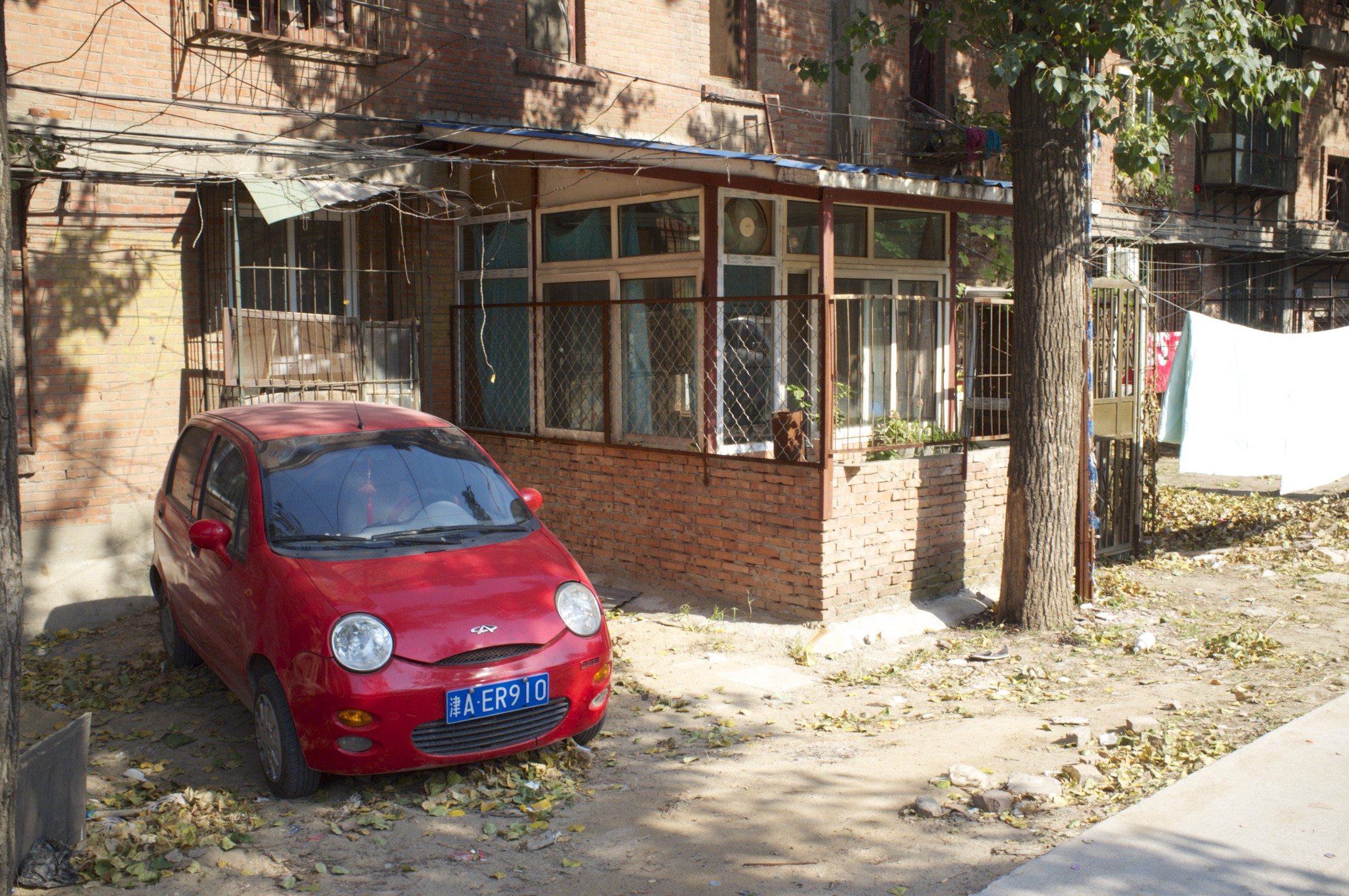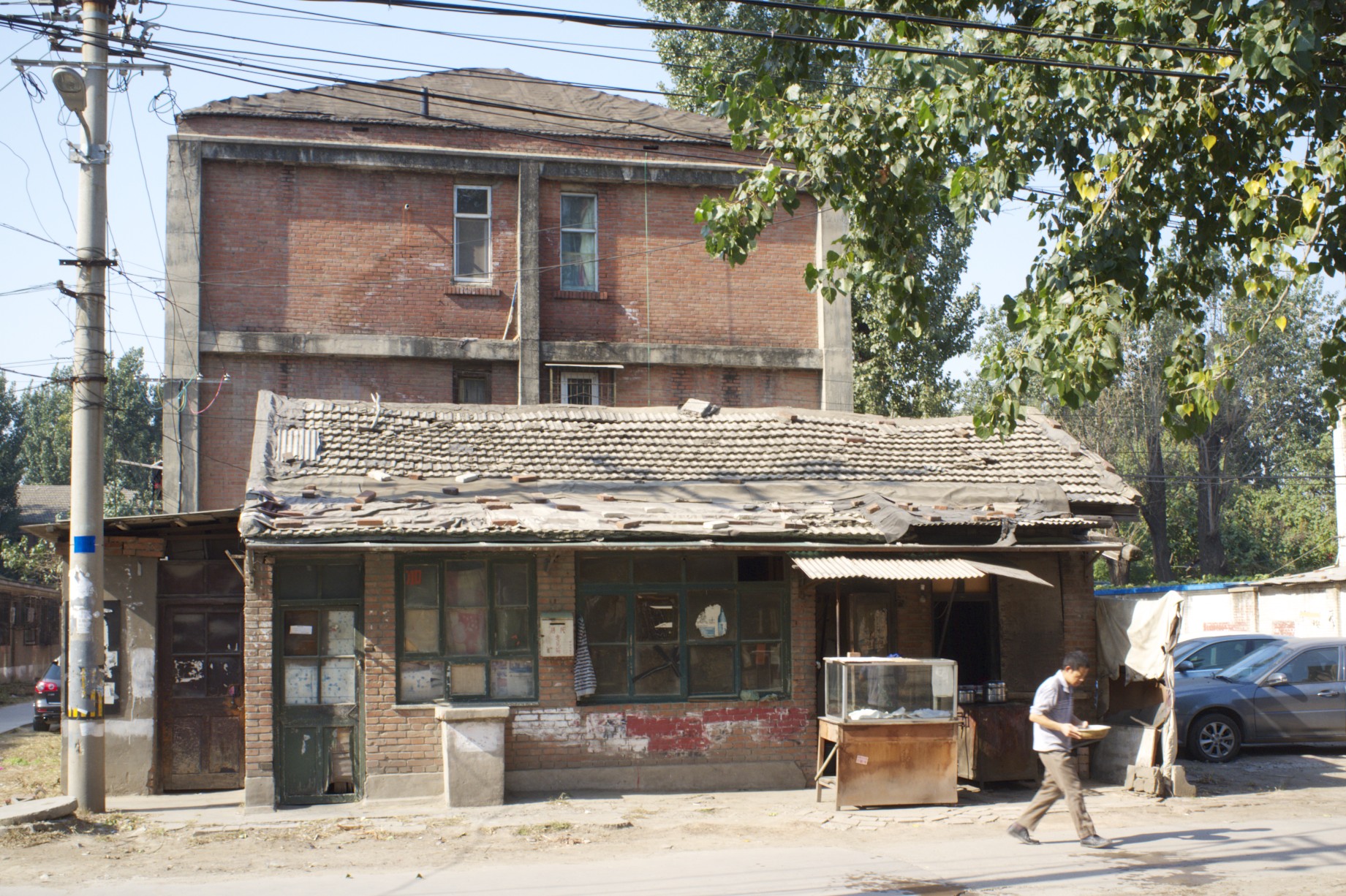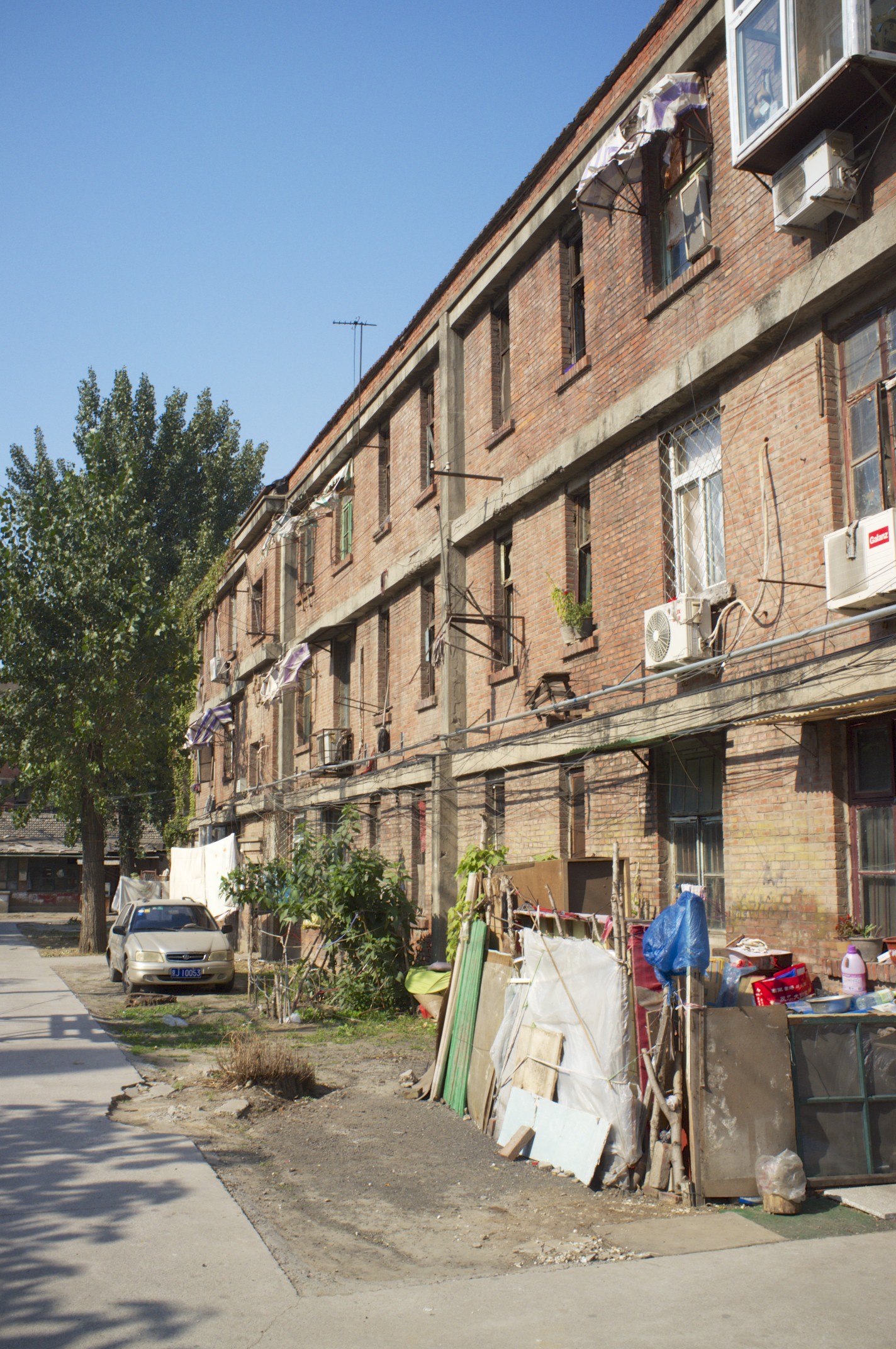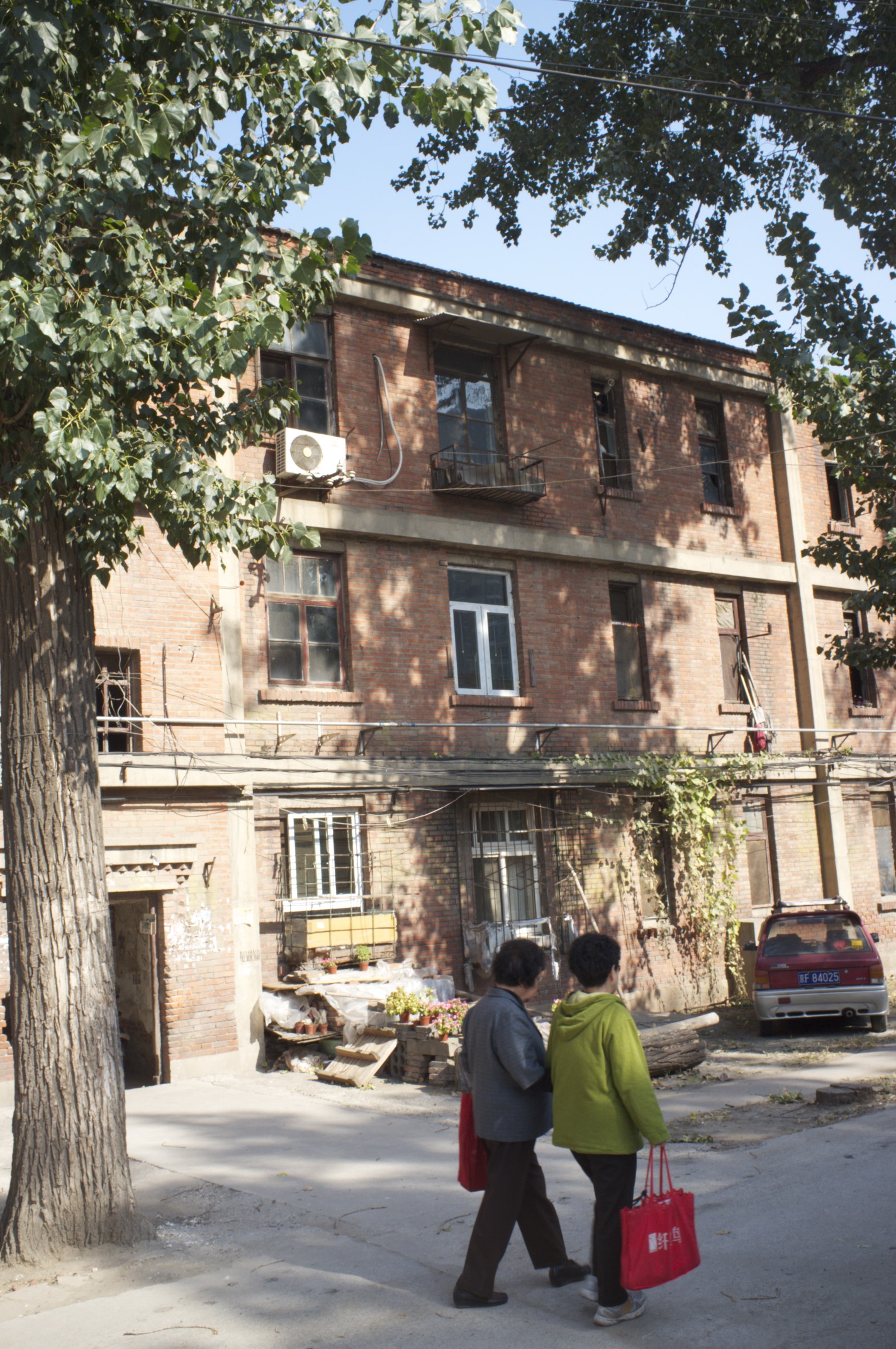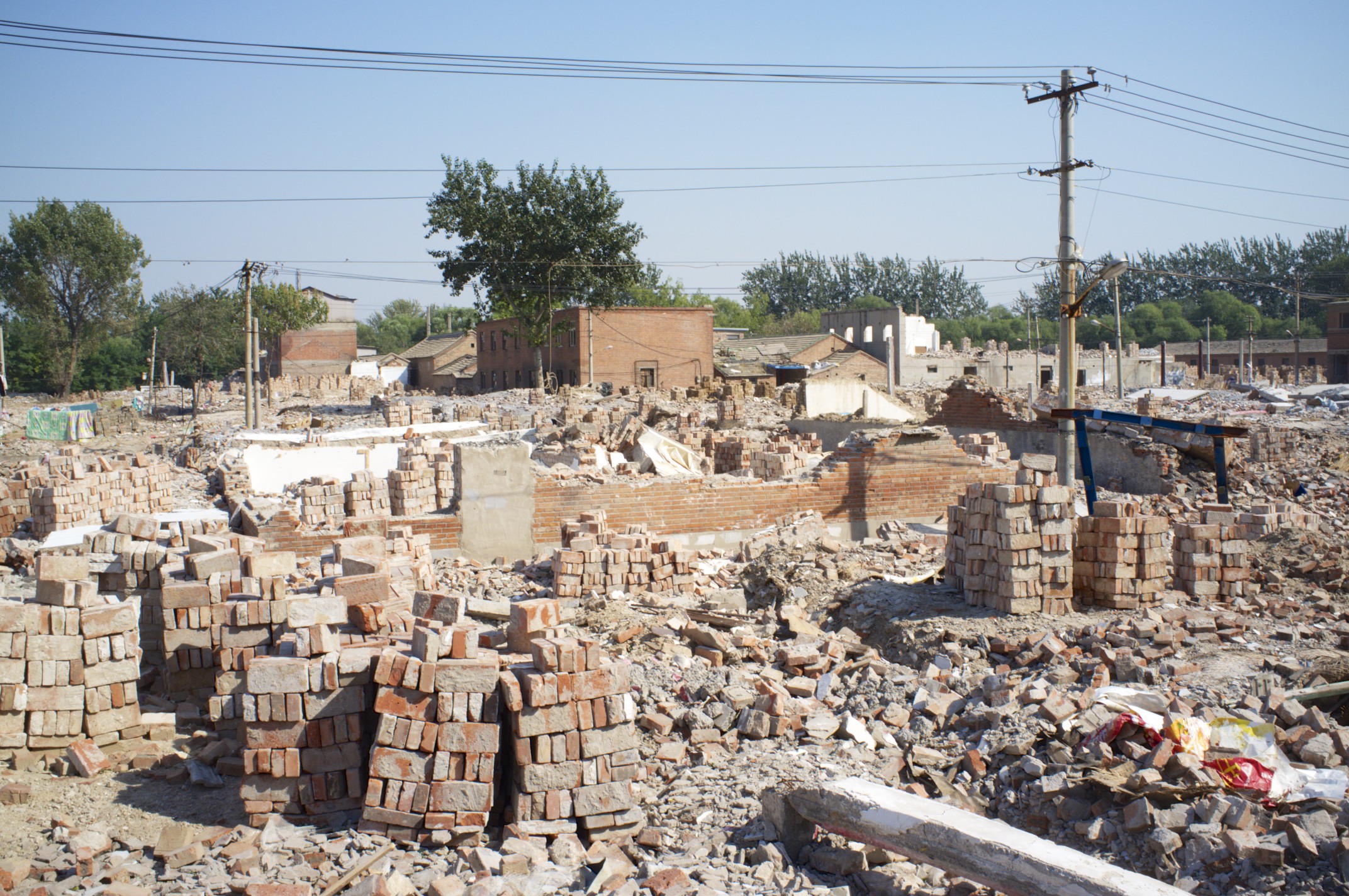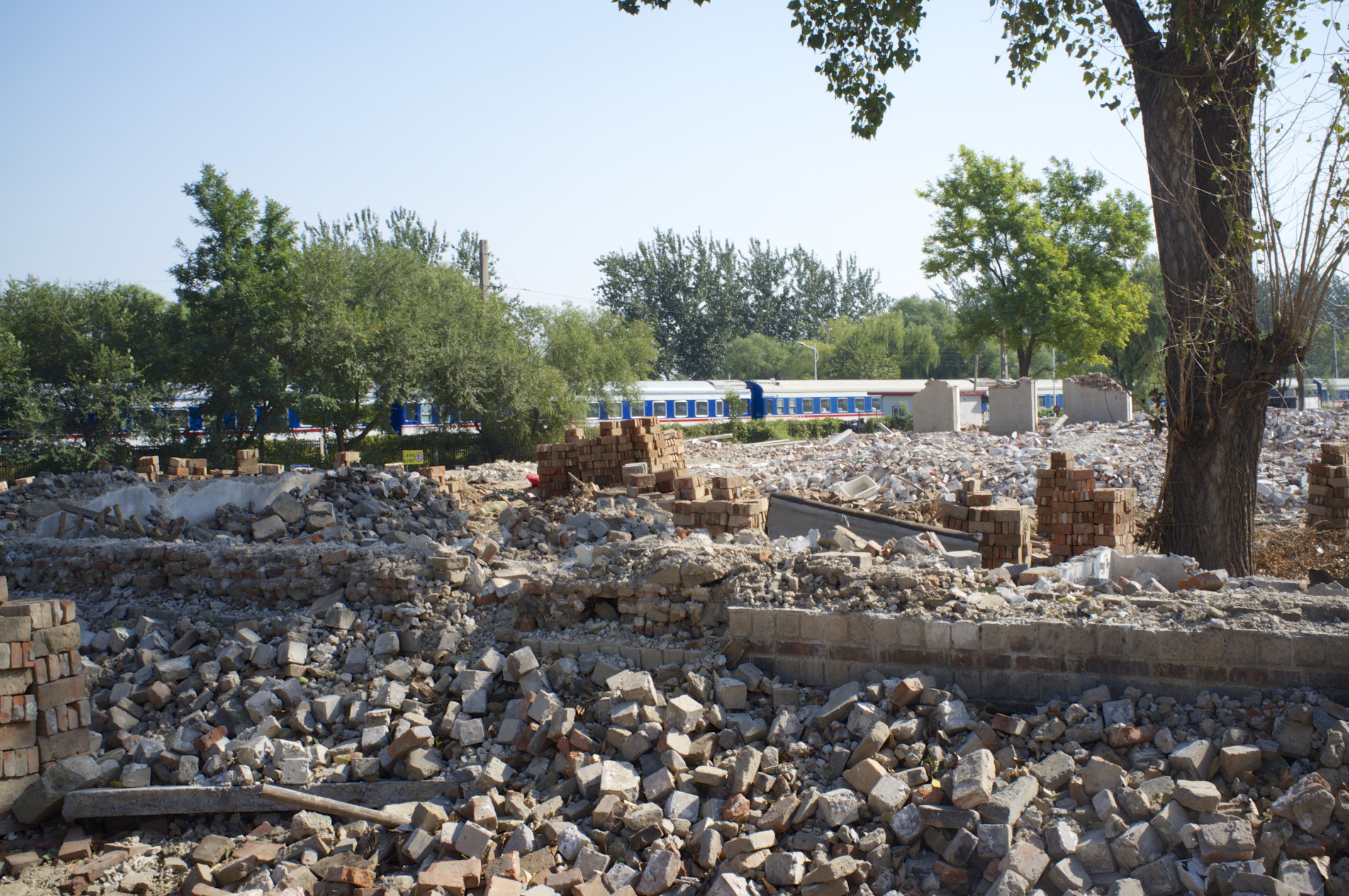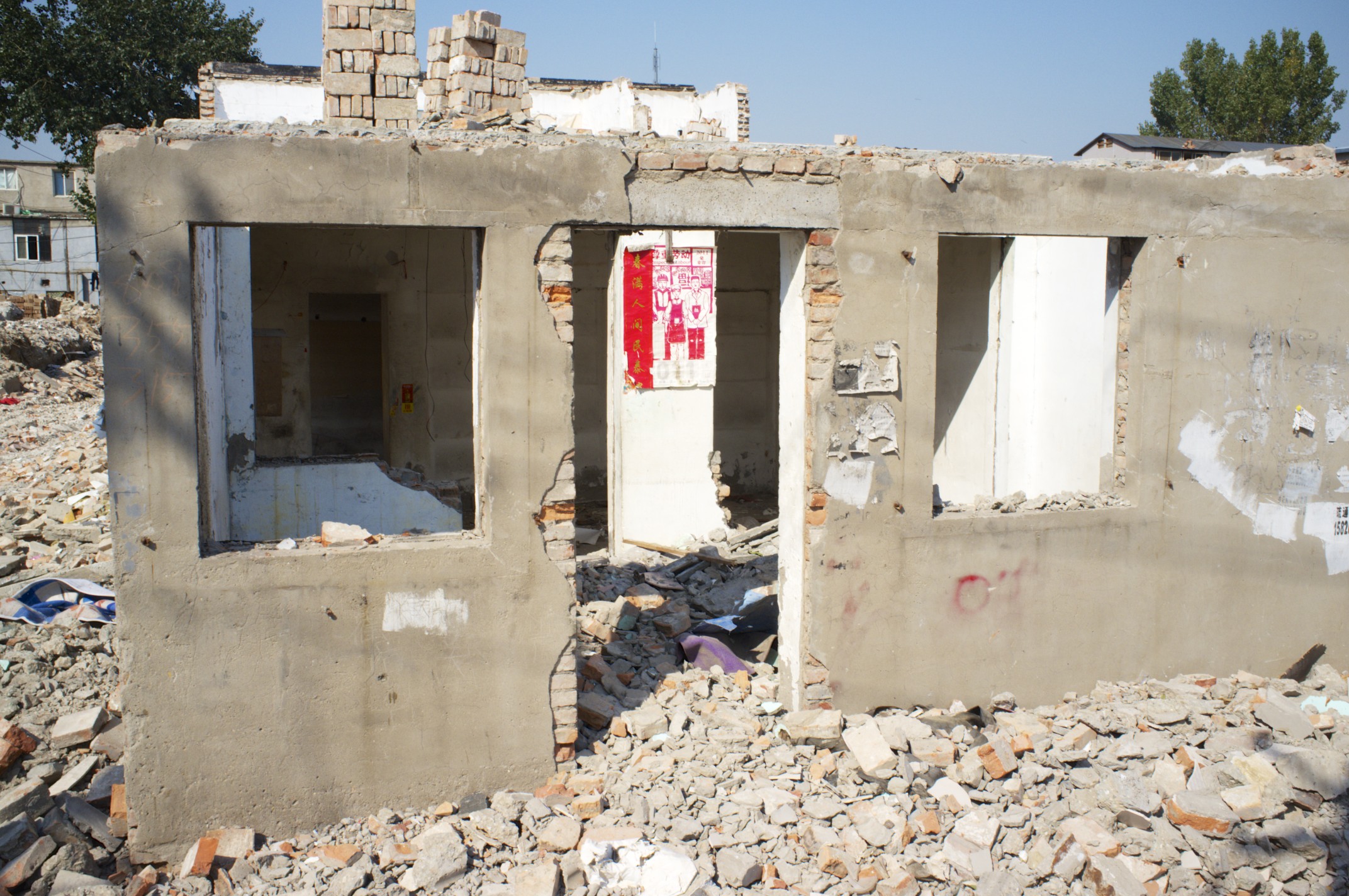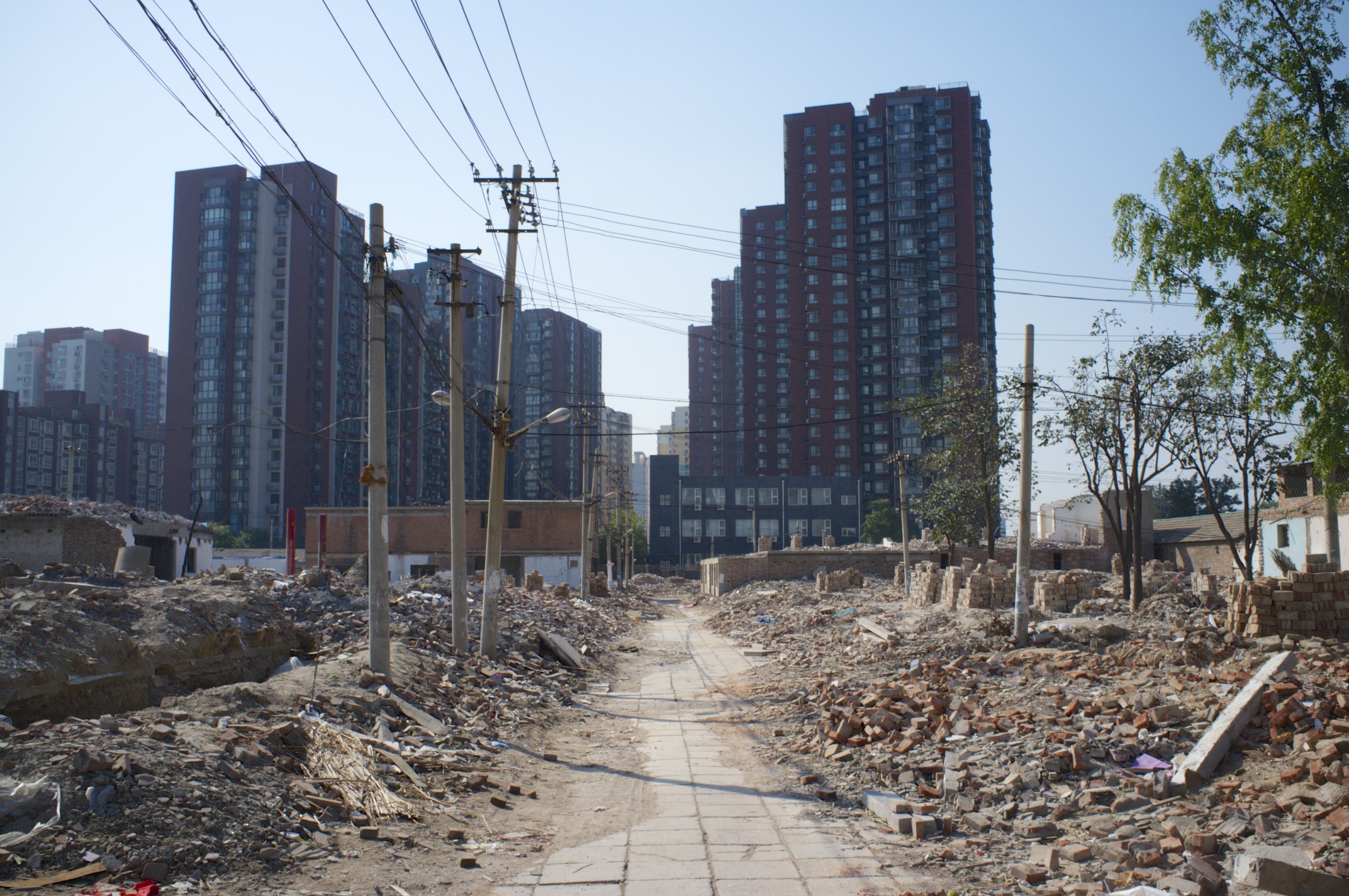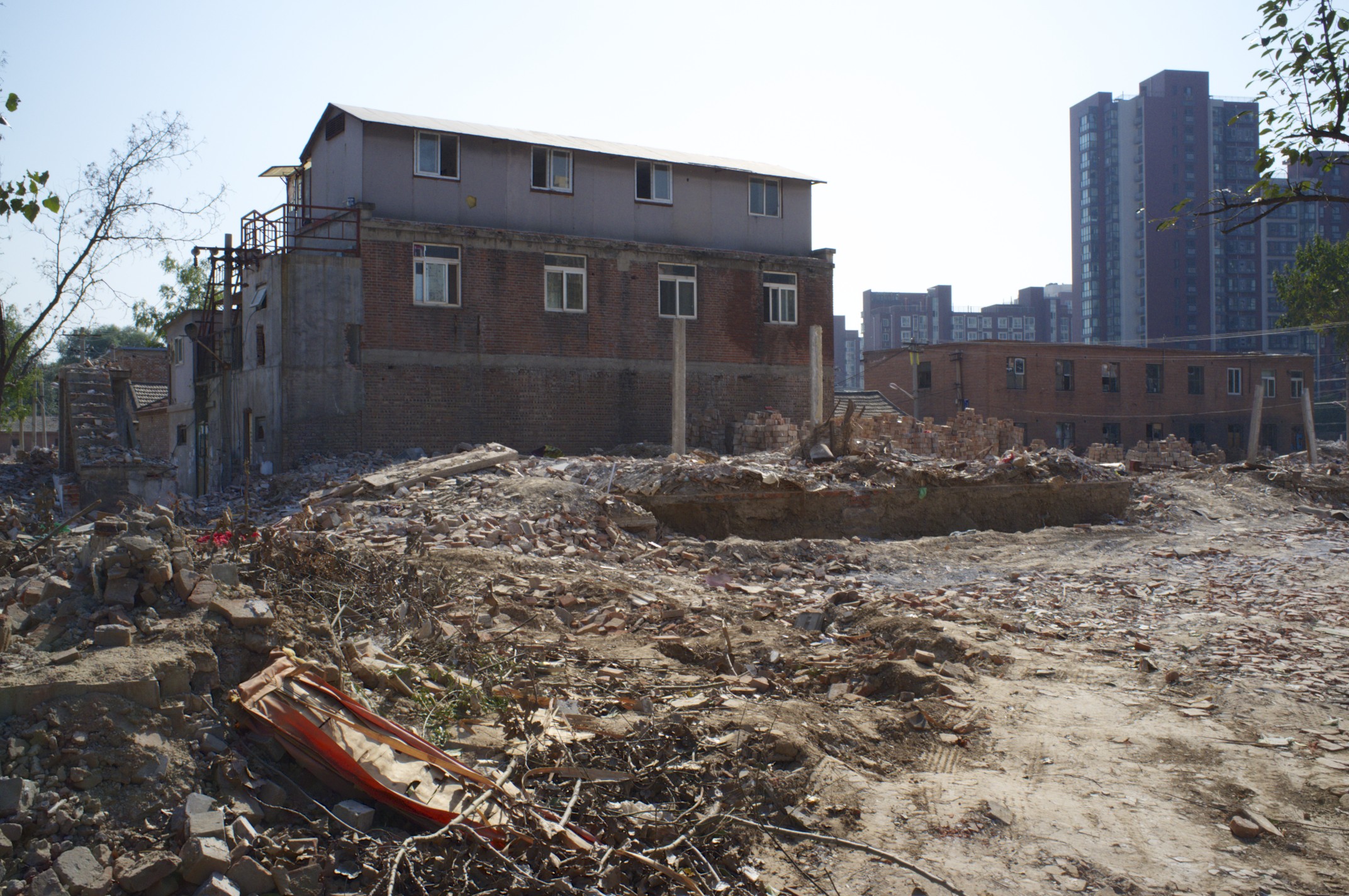In December 2020, as part of its evolving partnership, the EU and China formulated an agreement on the investment conditions. By catering to both sides' changing interests and demands, it lays a foundation for a boost in economic activity and an interlinkage between these large markets. It remains to be seen whether it really brings about a "level playing field" for EU and Chinese investors, during the process of detailing and ratification by the EU parliament and the member countries. But it will surely be a less "inclined plane" and will therefore have enormous potential for an economic boost.
Background
Since the opening of the Chinese economy in 1979, the welcoming of FDI has been a characteristic of the Chinese economic development model. Even so, the full and independent market participation of investors was constrained by regulation. Given the low competitiveness of many state-owned and privatised companies, such restrictions aimed at building up a strong domestic industry, without facing unfettered competition from foreign entrants. This resulted in many "technology for market access deals" and the obligation for foreigners to form Joint Ventures, as for example, the automotive industry and other core pillars of China's industrial development. With China joining the WTO in 2002, the full repatriation of dividends to foreign mother companies became possible. Prior to this, overpayment by Chinese Joint venture partners for goods, services and IP was a common way by foreigners to take money above the line, out of China, with all the implications of the loss of corporate tax incomes for China.
Since then, Chinese companies have improved significantly in competitiveness, technical capabilities and market access. As a consequence, foreign investors have become more vocal in describing the regulations as unfair. Some even realised that their Joint Venture Partners have grown to become fully fletched competitors on the global stage.
From a Chinese perspective, it also became clear that "overprotection" of domestic companies, was not helping them develop their own capabilities, but weakened them and kept them dependent on foreign joined venture partners. It became a Chinese interest to find the right level of protection to encourage healthy competition. Simultaneously, the boom in Chinese Outbound Direct Investment (ODI) raised the interest of Chinese companies in creating a level playing field.
What are the interests of both sides?
Chinese authorities know about the value of healthy competition in developing a strong industry. For over a decade, they have been withdrawing regulations in order to balance power between foreign and domestic companies. On the other hand, in Europe, there are voices for more substantial restrictions designed to limit inward Chinese investment. For example, A landslide case in Germany was the acquisition of the robotics company KUKA by the Chinese Midea, which led to significant changes being made in the German company law. The question of a level playing field is not about Chinese making concessions, but it is rather a discussion between equal partners with similar interests.
Most of the EU investments in China fall into manufacturing, 28% for the automotive sector alone and a further 22% for materials. Among others, this includes the production of cars, chemicals, telecoms equipment, and health and medical equipment.
China's investments in the EU investments include IT and financial services, healthcare, environmental services, international maritime transport and air transport-related services. Due to the concerns of inefficient capital outflows out of China, in 2016, one of the licencing criteria for ODI became a demonstration that the investment should fall under the scope of the "One Belt, One Road Initiative" (BRI or OBOR)
What are the new commitments from both sides?
European companies will gain from more consistency for their operations as China reduces entry barriers, and access restrictions and discriminatory practices, or even eliminates them altogether. will
Chinese State-Owned Enterprises, especially, will be required to provide "transparency of subsidies, prohibiting forced technology transfers and other distortive practices."
While China guarantees easier authorisations for European companies and complete administrative procedures, the EU provides access to Chinese companies establishing European bodies for their entities.
China no longer be able to attract investment by lower environmental and labour standards, so it committed to implementing the Paris Agreement on Climate Change and will make efforts to ratify the International Labour Conventions on forced labour.
Analysis
The EU - China Comprehensive Agreement on Investment is an ambitious milestone in developing the Union and China's economic ties and partnerships. It is set to be modernised according to changing requirements.
Clearly, for China and the EU the deal, negotiated under the German EU presidency, is a significant success. However, national ratification by the member states and obtaining the consent of the EU parliament may be more complex. There could emerge an attempt to increase pressure on China in terms of potential human rights issues.
It remains to be seen, how the US-Chinese relationship develops under the new US-Administration. The newly sworn-in US-Defense secretary has already called on Asian allies to strengthen military ties. The EU will become a subject in the triangulation of geopolitical power.
For both, EU and Chinese companies, the current agreement significantly reduces access barriers and restrictions, so that volume and quality of transactions, trade and conditions will improve to a new era.























